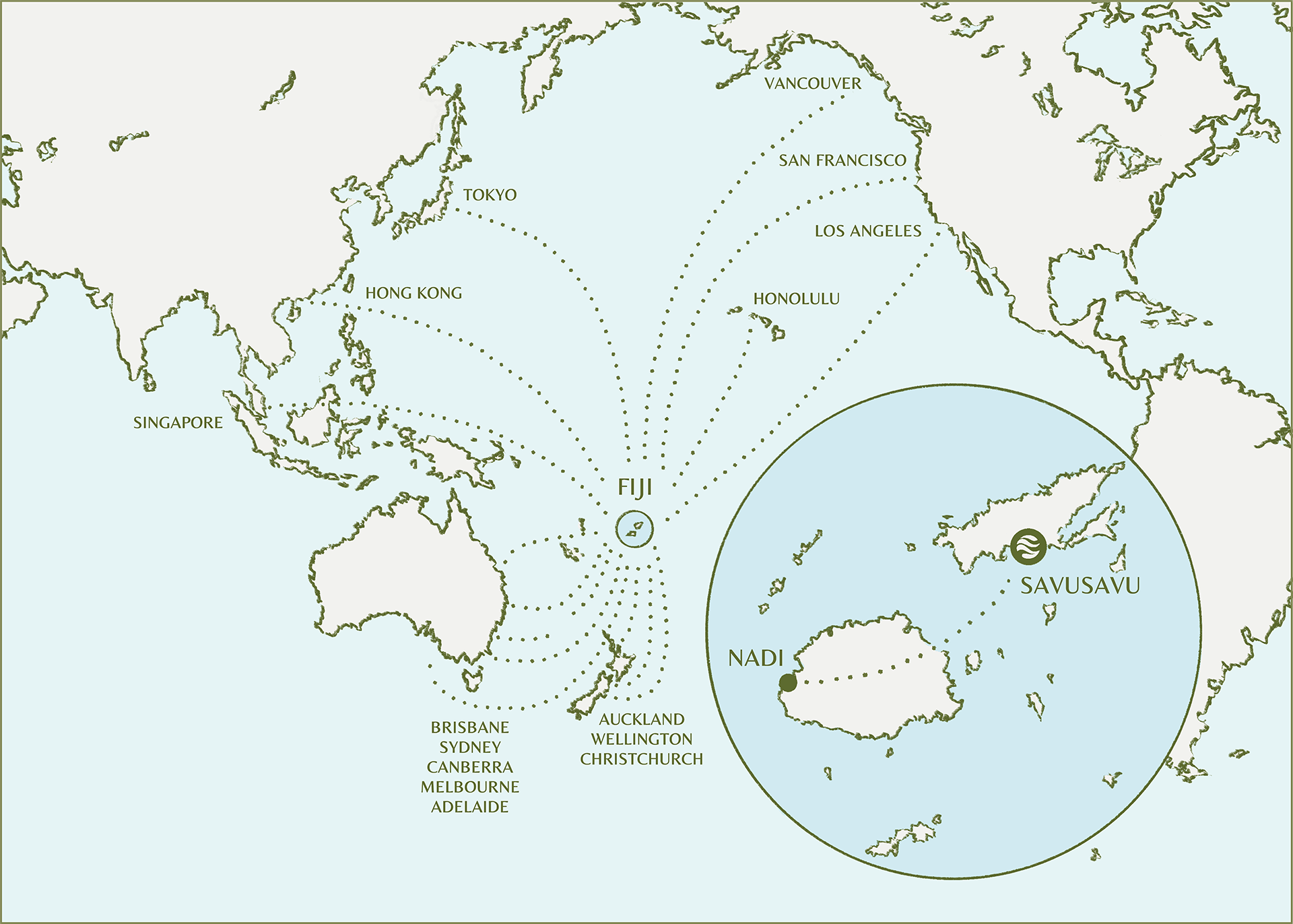STORIES
Dwarf Cavendish Banana (Fijian: Jaina leka)
Dwarf Cavendish Banana (Fijian: Jaina leka)
Characteristics
The cultivar “Dwarf Cavendish” is due to its shortness more stable, wind-resistant and easier to manage than other banana plants. This, in addition to its fast growth rate, makes it ideal for plantation cultivation. The fruits range from 15 to 25 cm in length and are thin skinned. Each plant can bear up to 90 fingers.
Distribution
Musa acuminata is native to Southeast Asia and first cultivated by humans around 10’000 years ago. The variety “Cavendish” was first cultivated in Europe in the 19th century and shipped to various places in the Pacific and the Canary Islands. In 1888, bananas from the Canary Islands were imported into England and are known to belong to the “Dwarf Cavendish” cultivar.
Natural Medical Properties
No known.
Did you know?
| Banana plants are evergreen perennials, not trees! The trunk (known as the pseudostem) is made of tightly packed layers of leaf sheaths emerging from completely or partially buried corms.
The name “Dwarf Cavendish” is in reference to the height of the plant, not the fruit. |
Botanically, bananas are berries.
Literature
World Flora Online
WorldChecklist of Selected Plant Families
A working list of all plant species
SUBSCRIBE
Stay up to date
To stay in touch and be inspired by our latest news & stories from Jean-Micheal Cousteau Resort Fiji, please register your interest.








